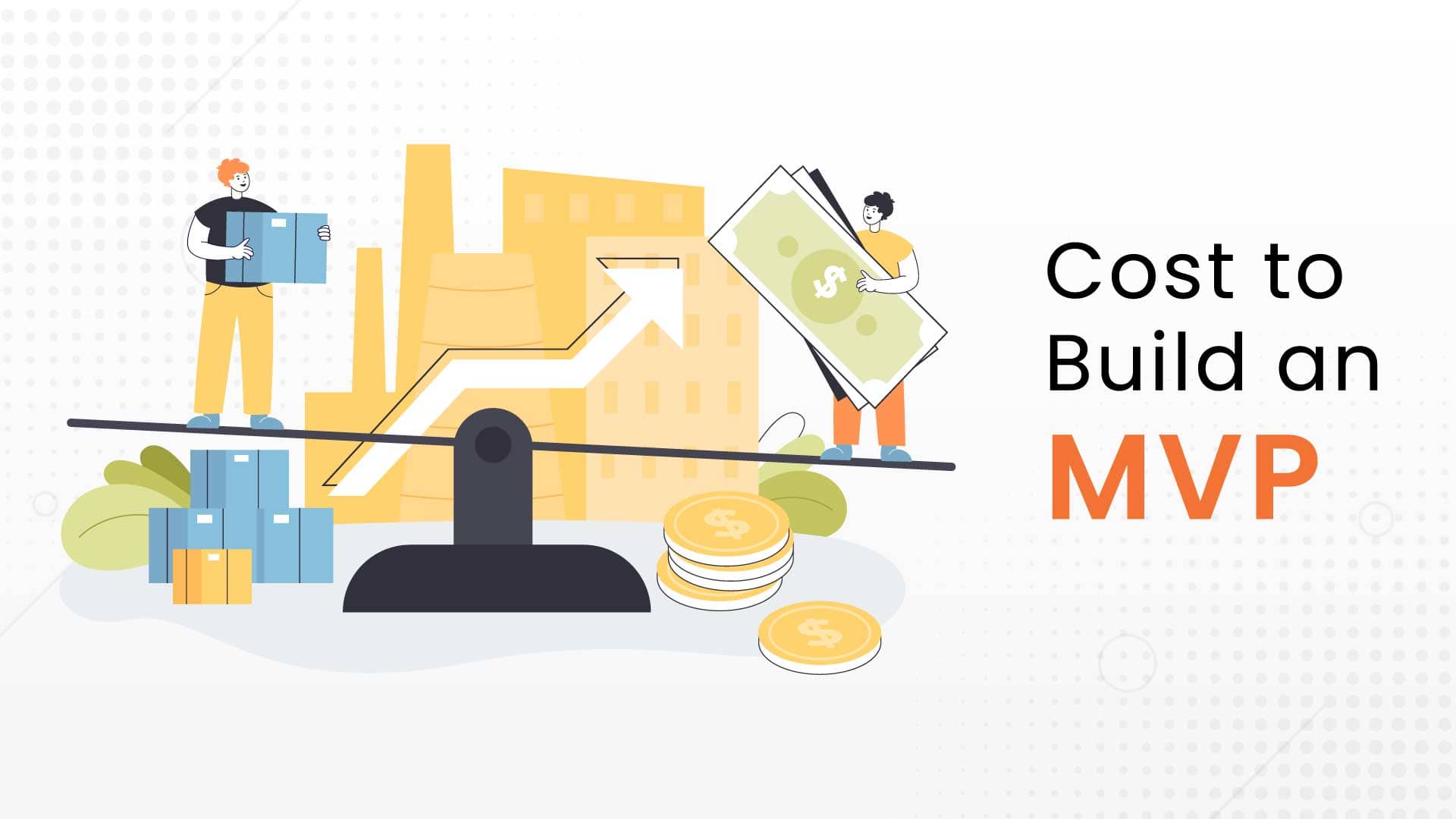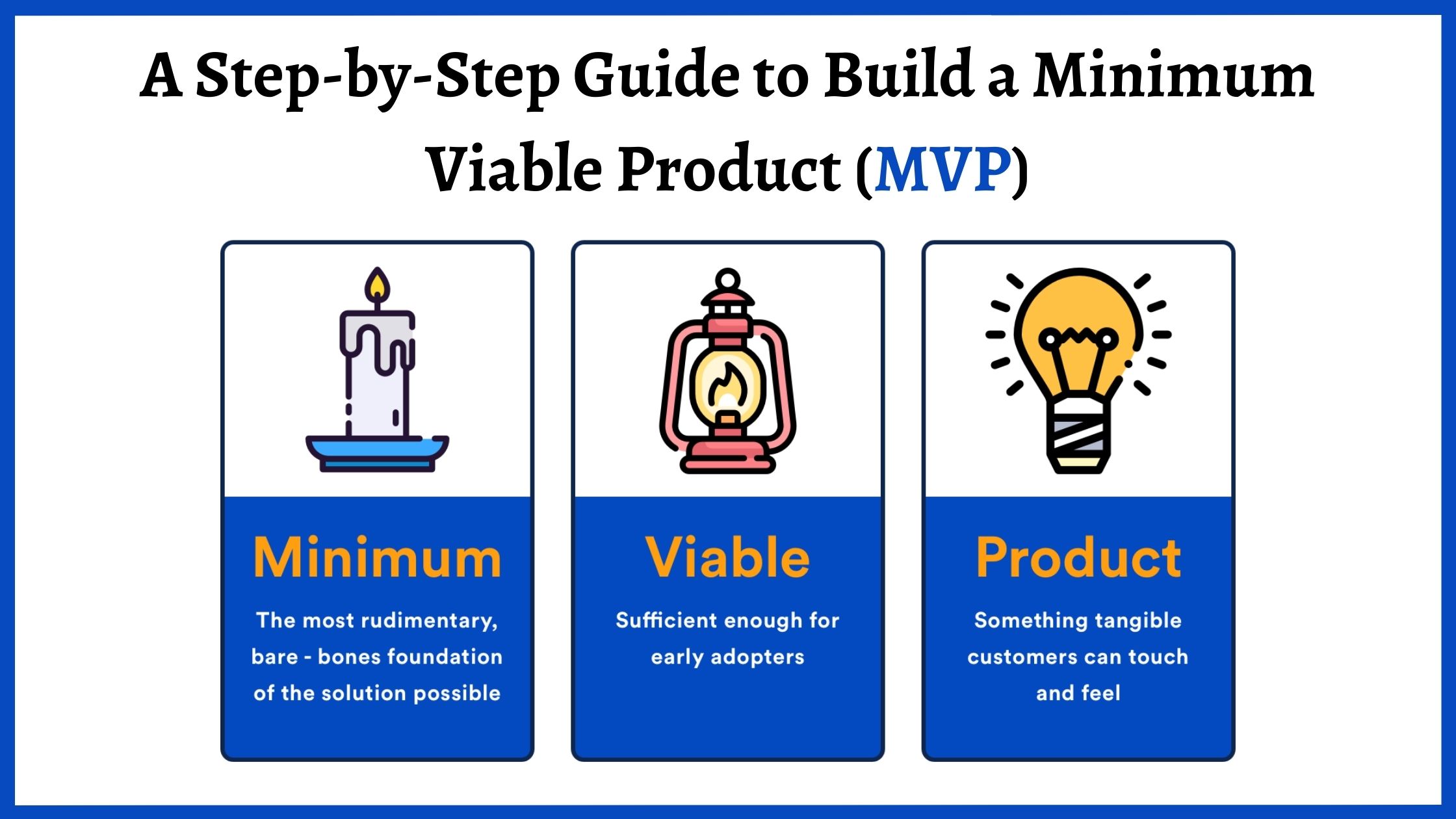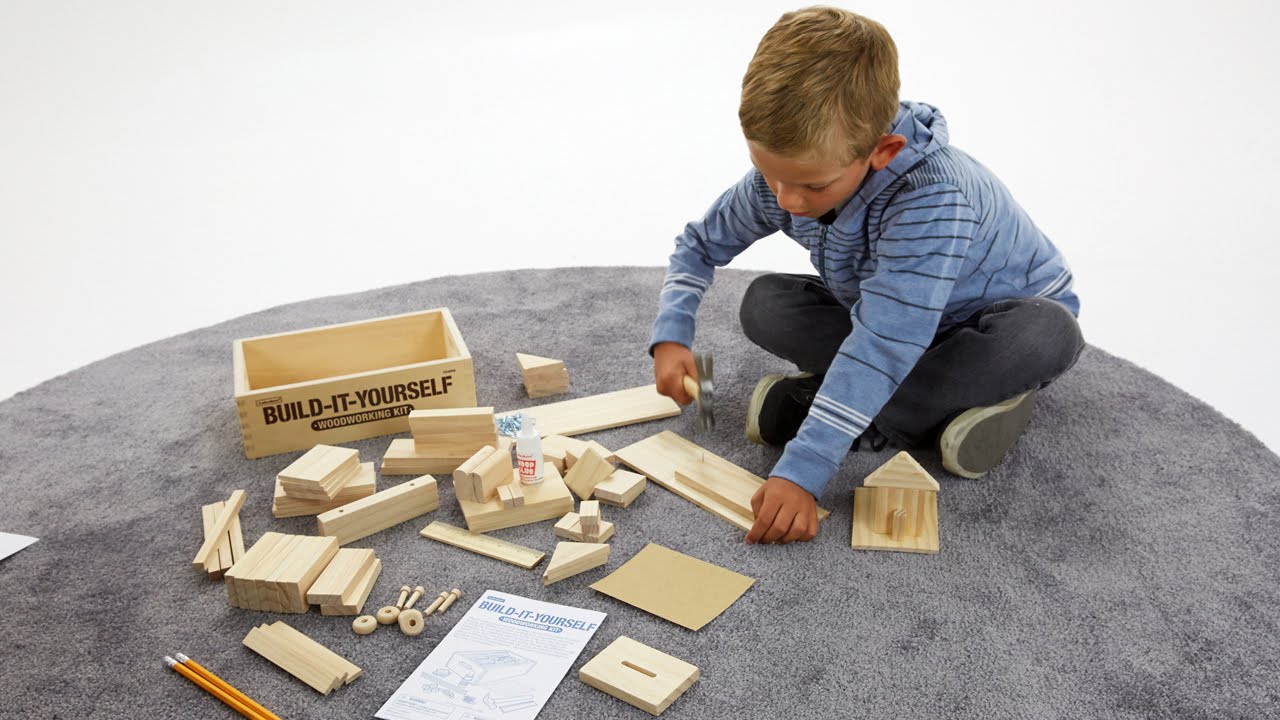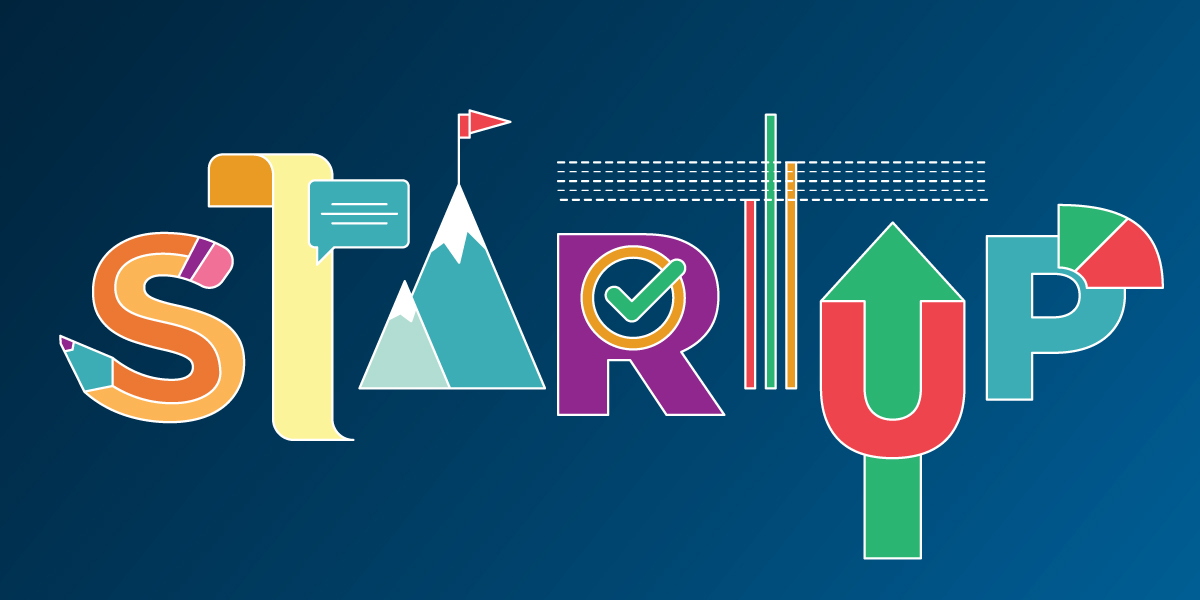How to Build an MVP: Complete Technical Guide to Minimum Viable Product Development
Learn how to build a minimum viable product using modern tools and technologies. Comprehensive guide on MVP builds and development services for startups in 2024.

Introduction: The Technical Side of MVP Development
Want to build an MVP but feeling overwhelmed by the technical choices? You're not alone! In today's startup ecosystem, building a minimum viable product isn't just about the idea - it's about choosing the right tools and technologies to bring that idea to life. Let's dive into the nuts and bolts of MVP builds and explore how to create your product efficiently.
Modern Tools for MVP Development
No-Code MVP Building Platforms
The landscape of minimum viable product development has dramatically changed with the rise of no-code tools. Here's what's hot in 2024:
| Platform | Best For | Learning Curve | Cost Range |
|---|---|---|---|
| Bubble | Web Apps | Medium | $0-299/mo |
| Webflow | Websites | Medium | $0-212/mo |
| Adalo | Mobile Apps | Low | $0-250/mo |
| Glide | PWAs | Low | $0-199/mo |
| SubPage | Websites | Low | $0-45/one time payment |
Choosing Your MVP Tech Stack
Frontend Development Options
When you build a minimum viable product, your frontend choices can make or break user adoption. Consider these popular options:
-
React.js
- Perfect for complex interfaces
- Rich ecosystem
- Great for MVPs that might scale
-
Vue.js
- Gentle learning curve
- Perfect for quick MVP builds
- Excellent documentation
-
Svelte
- Lightning-fast performance
- Less code needed
- Ideal for simple MVPs
Backend Solutions for MVP Builds
Cloud Services vs. Traditional Servers
Building an MVP in 2024 means leveraging cloud services effectively:
Cloud Options:
- AWS Amplify
- Google Firebase
- Microsoft Azure
- Digital Ocean
Database Choices for Your MVP
SQL vs. NoSQL: Making the Right Choice
When you build a minimum viable product, your database choice matters more than you think:
-
SQL Options:
- PostgreSQL
- MySQL
- SQLite
-
NoSQL Options:
- MongoDB
- Firebase Realtime Database
- DynamoDB
Minimum Viable Product Services
Development Agency vs. In-House Team
Let's break down the pros and cons of different development approaches:
Agency Benefits:
- Faster MVP builds
- Experienced team
- Fixed pricing
- Proven process
In-House Benefits:
- Better control
- Knowledge retention
- Long-term investment
- Cultural alignment
MVP Development Timeline
Planning Your Build Schedule
A typical minimum viable product development timeline looks like this:
- Week 1-2: Planning and Design
- Week 3-6: Core Feature Development
- Week 7-8: Testing and Iteration
- Week 9-10: Launch Preparation
Cost Optimization in MVP Development
Smart Budgeting for Startups
Building an MVP doesn't have to break the bank. Here's how to optimize costs:
-
Use Managed Services
- Reduces DevOps costs
- Pay-as-you-go model
- Automatic scaling
-
Leverage Open Source
- Free to use
- Community support
- Proven solutions
Security Considerations for MVP Builds
Essential Security Features
Even an MVP needs basic security:
- Authentication
- Data encryption
- Input validation
- API security
- Compliance basics
Testing Strategies for MVPs
Balancing Speed and Quality
Your MVP testing approach should include:
- Unit Testing
- Integration Testing
- User Acceptance Testing
- Performance Testing
Deployment and Hosting
Getting Your MVP Live
Modern deployment options for your minimum viable product:
-
Containerization
- Docker
- Kubernetes
- Container registries
-
Serverless
- AWS Lambda
- Azure Functions
- Google Cloud Functions
Monitoring and Analytics
Tracking MVP Performance
Essential metrics to track:
- User engagement
- Error rates
- Performance metrics
- Business KPIs
Scaling Considerations
Building for Growth
Your MVP should be ready to scale:
- Modular architecture
- Microservices approach
- Cloud-native design
- Automated scaling
Development Best Practices
Code Quality and Standards
Follow these principles:
- Clean code
- Documentation
- Version control
- Code review
- CI/CD pipeline
Integration Capabilities
Connecting Your MVP
Essential integrations:
- Payment systems
- Email services
- Analytics tools
- Customer support
- Social media
FAQs About Technical MVP Development
Q: What's the minimum technical team needed to build an MVP? A: A typical minimum team includes 1 full-stack developer, 1 designer, and 1 product manager.
Q: How long does it take to build an MVP? A: With modern tools, an MVP can be built in 8-12 weeks.
Q: What's the average cost of building an MVP? A: MVP builds typically cost between $20,000 to $100,000 depending on complexity.
Q: Should I use WordPress for my MVP? A: WordPress can be suitable for content-based MVPs but may limit scalability for complex applications.
Q: Is it better to use no-code tools or custom development? A: No-code tools are ideal for quick validation, while custom development offers more flexibility and scalability.
Q: How do I choose between native and cross-platform development? A: Cross-platform is often better for MVPs due to faster development and broader reach.
Conclusion: Your MVP Build Roadmap
Building a minimum viable product is a journey that requires careful technical choices. Remember:
- Choose tools based on your specific needs
- Start with core features only
- Use modern development practices
- Plan for future scaling
- Monitor and iterate constantly
Whether you're using minimum viable product services or building in-house, focus on creating something that solves a real problem effectively. Your tech stack should support your business goals, not dictate them.
Ready to start your MVP build? Remember that perfect is the enemy of good - focus on getting your core functionality right, and you can always iterate from there. The key is to start building and get your minimum viable product in front of real users as quickly as possible.




